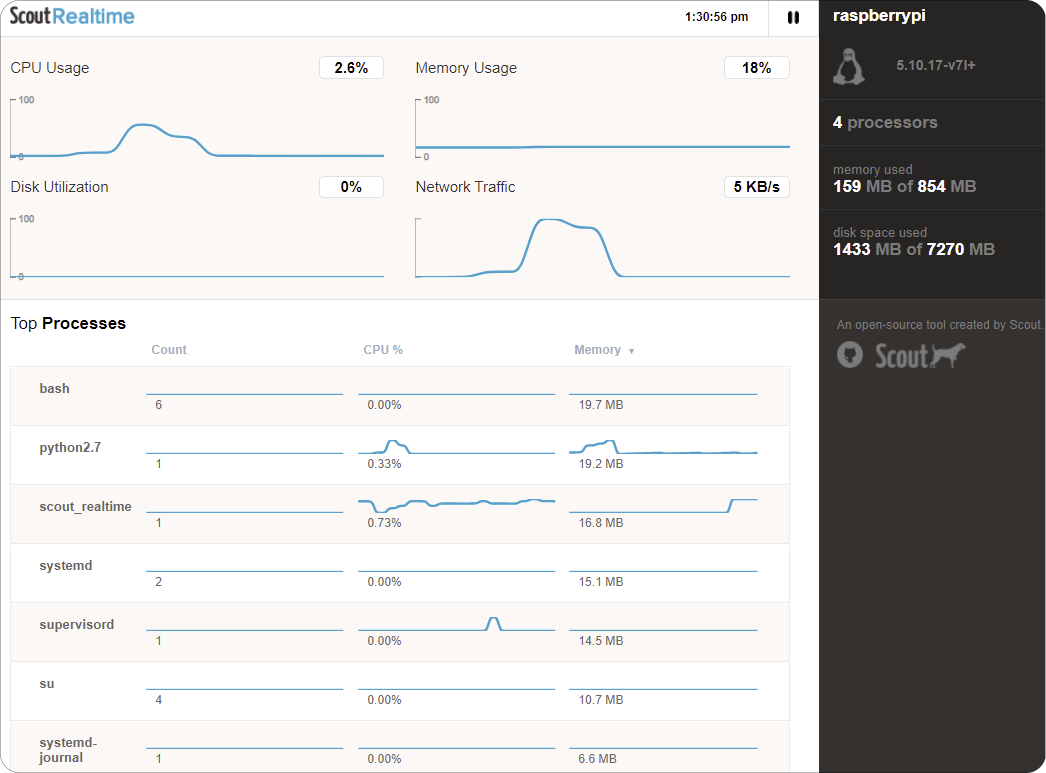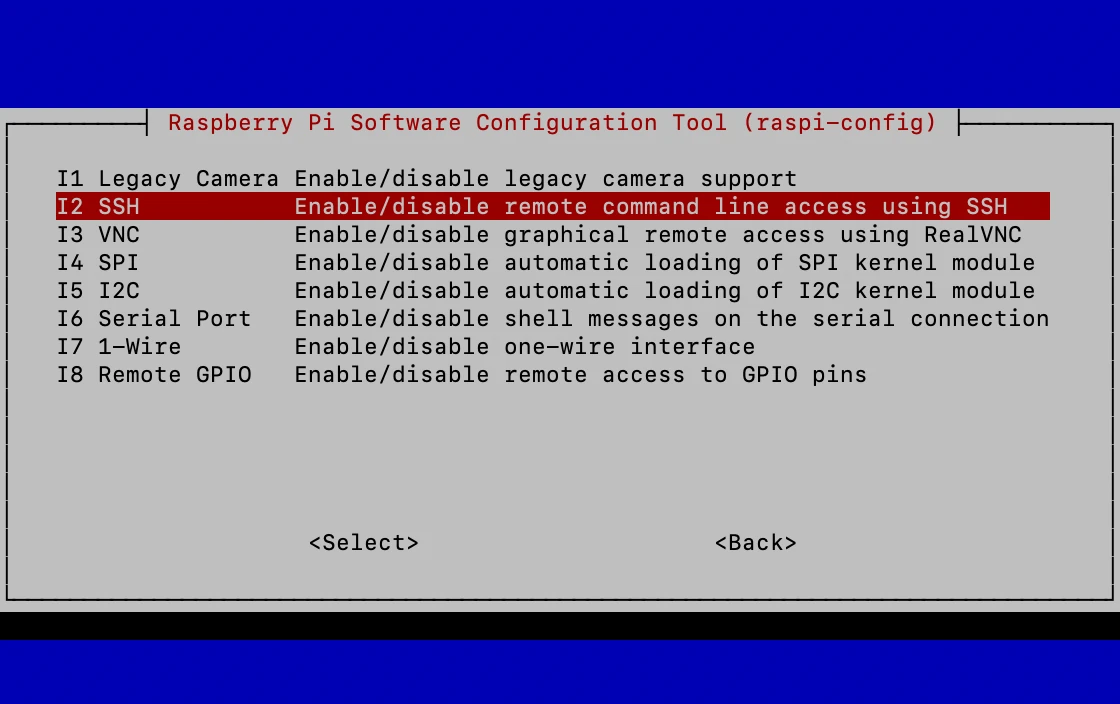Access Pi Remotely Tutorial: A Comprehensive Guide To Connecting Your Raspberry Pi From Anywhere
Connecting to your Raspberry Pi remotely has become a necessity for many users, whether for personal projects or professional tasks. With the right tools and knowledge, you can access your Pi securely from anywhere in the world. This tutorial will guide you through the process step by step, ensuring you can manage your Raspberry Pi remotely with ease.
Whether you're a hobbyist tinkering with IoT devices or a professional managing remote servers, remote access to your Raspberry Pi can significantly enhance productivity. This guide will cover everything from setting up your Raspberry Pi for remote access to troubleshooting common issues.
In this article, we'll explore various methods to access your Raspberry Pi remotely, including SSH, VNC, and other tools. By the end of this tutorial, you'll have a solid understanding of how to configure your Raspberry Pi for remote access securely and efficiently.
Read also:Why Did Sam Milby And Catriona Gray Break Up The Untold Story Behind Their Split
Table of Contents
- Introduction to Remote Access
- Setting Up Your Raspberry Pi
- Accessing Raspberry Pi via SSH
- Using VNC for Remote Access
- Network Configuration for Remote Access
- Ensuring Security for Remote Connections
- Tools and Software for Remote Access
- Troubleshooting Common Issues
- Advanced Techniques for Remote Access
- Conclusion and Next Steps
Introduction to Remote Access
Remote access allows you to control and manage your Raspberry Pi from any location, provided you have an internet connection. This capability is particularly useful for projects that require frequent updates or monitoring without physical access to the device.
Accessing your Raspberry Pi remotely involves configuring your network settings, enabling specific protocols, and ensuring security measures are in place. This section will provide an overview of the tools and methods available for remote access.
Setting Up Your Raspberry Pi
Basic Setup Requirements
Before diving into remote access, ensure your Raspberry Pi is properly set up. This includes installing the latest version of Raspberry Pi OS and configuring basic settings such as Wi-Fi and static IP addresses.
- Install Raspberry Pi OS on your microSD card.
- Connect your Raspberry Pi to your local network via Ethernet or Wi-Fi.
- Set a static IP address to ensure consistent connectivity.
Enabling SSH and VNC
SSH (Secure Shell) and VNC (Virtual Network Computing) are two of the most popular methods for accessing your Raspberry Pi remotely. Both require initial setup on your Raspberry Pi.
- Enable SSH by running `sudo raspi-config` and navigating to the SSH option.
- Install and configure VNC Server for graphical access.
Accessing Raspberry Pi via SSH
SSH is a secure protocol that allows you to access the command line interface of your Raspberry Pi from another computer. It is ideal for users who prefer working in a terminal environment.
Connecting via SSH
To connect to your Raspberry Pi via SSH, follow these steps:
Read also:Mikes Pretty Campers Locations Your Ultimate Guide To Adventure
- Ensure SSH is enabled on your Raspberry Pi.
- Use an SSH client such as PuTTY (Windows) or Terminal (Mac/Linux).
- Enter the IP address of your Raspberry Pi when prompted.
Securing SSH Connections
Security is paramount when accessing your Raspberry Pi remotely. Consider the following best practices:
- Change the default SSH port (22) to a custom port for added security.
- Use strong passwords or SSH keys for authentication.
- Disable root login to prevent unauthorized access.
Using VNC for Remote Access
VNC provides a graphical interface for accessing your Raspberry Pi remotely, making it ideal for users who prefer a more visual approach. This section will guide you through setting up and using VNC.
Installing VNC Server
To use VNC, you need to install the VNC Server on your Raspberry Pi. Follow these steps:
- Run `sudo apt update` and `sudo apt install realvnc-vnc-server realvnc-vnc-viewer`.
- Enable VNC through the Raspberry Pi Configuration tool.
Connecting with a VNC Client
Once VNC Server is installed, connect to your Raspberry Pi using a VNC client:
- Download and install a VNC client on your computer.
- Enter the IP address of your Raspberry Pi when prompted.
- Log in using your Raspberry Pi credentials.
Network Configuration for Remote Access
Proper network configuration is essential for successful remote access. This section will cover key aspects such as port forwarding and dynamic DNS.
Port Forwarding
Port forwarding allows external devices to access your Raspberry Pi through your router. Follow these steps:
- Log in to your router's admin interface.
- Set up port forwarding for the SSH (22) and VNC (5900) ports.
Dynamic DNS
Dynamic DNS (DDNS) services provide a consistent hostname for your Raspberry Pi, even if your IP address changes. Consider using services like No-IP or DuckDNS.
Ensuring Security for Remote Connections
Security is a critical aspect of remote access. This section will outline best practices to protect your Raspberry Pi from unauthorized access.
Firewall Configuration
Configure a firewall to restrict access to only necessary ports:
- Use `sudo ufw allow 22` to allow SSH traffic.
- Block all other unnecessary ports.
Regular Updates
Keep your Raspberry Pi OS and software up to date to patch security vulnerabilities:
- Run `sudo apt update` and `sudo apt upgrade` regularly.
Tools and Software for Remote Access
Several tools and software can enhance your remote access experience. This section will introduce some popular options.
Third-Party Remote Access Tools
Consider using third-party tools like TeamViewer or AnyDesk for simplified remote access:
- TeamViewer offers both free and paid options for remote access.
- AnyDesk provides fast and reliable connections with minimal configuration.
Troubleshooting Common Issues
Encountering issues during remote access is common. This section will address some frequent problems and their solutions.
Connection Issues
If you're unable to connect to your Raspberry Pi, check the following:
- Ensure your Raspberry Pi is connected to the network.
- Verify the IP address and port settings.
Advanced Techniques for Remote Access
For advanced users, this section will explore more complex methods for remote access, such as using a reverse SSH tunnel or setting up a VPN.
Reverse SSH Tunnel
A reverse SSH tunnel allows you to access your Raspberry Pi even if it's behind a firewall:
- Run `ssh -R 2222:localhost:22 user@remote-server` to set up the tunnel.
- Connect to your Raspberry Pi through the remote server.
Conclusion and Next Steps
Accessing your Raspberry Pi remotely is a powerful capability that can enhance your productivity and flexibility. By following the steps outlined in this tutorial, you can configure your Raspberry Pi for secure and efficient remote access using SSH, VNC, or other tools.
We encourage you to share your experience with remote access in the comments below. Additionally, explore other tutorials on our site to further enhance your Raspberry Pi skills. Thank you for reading, and happy tinkering!

